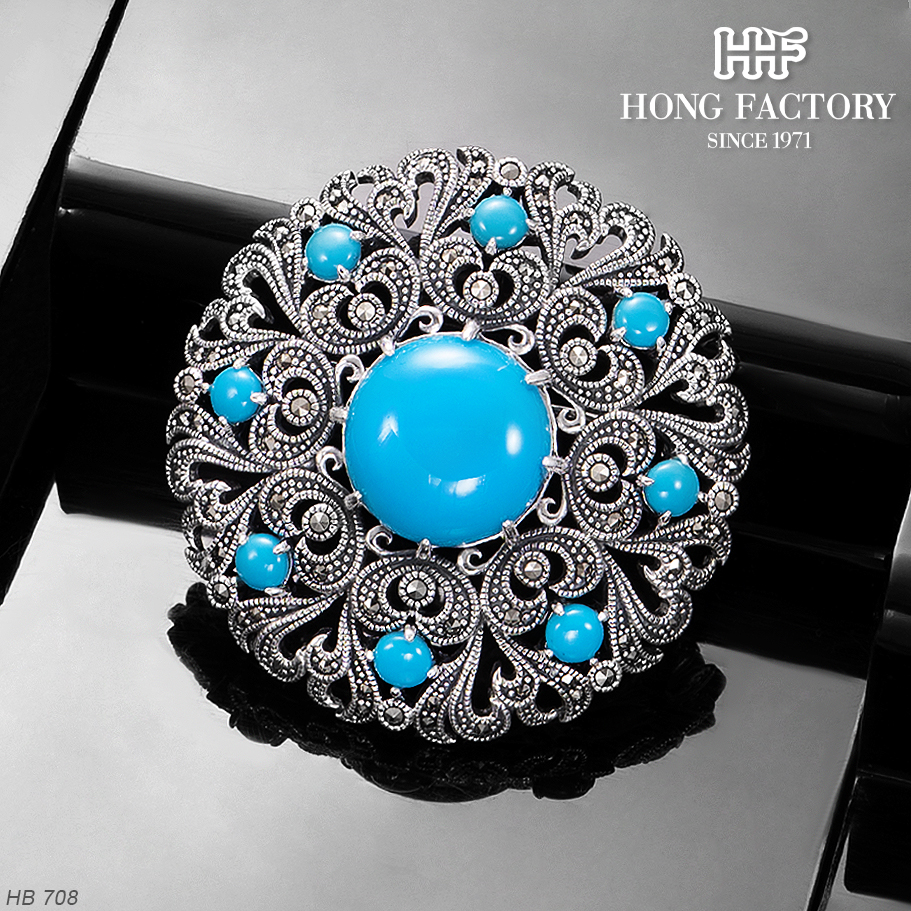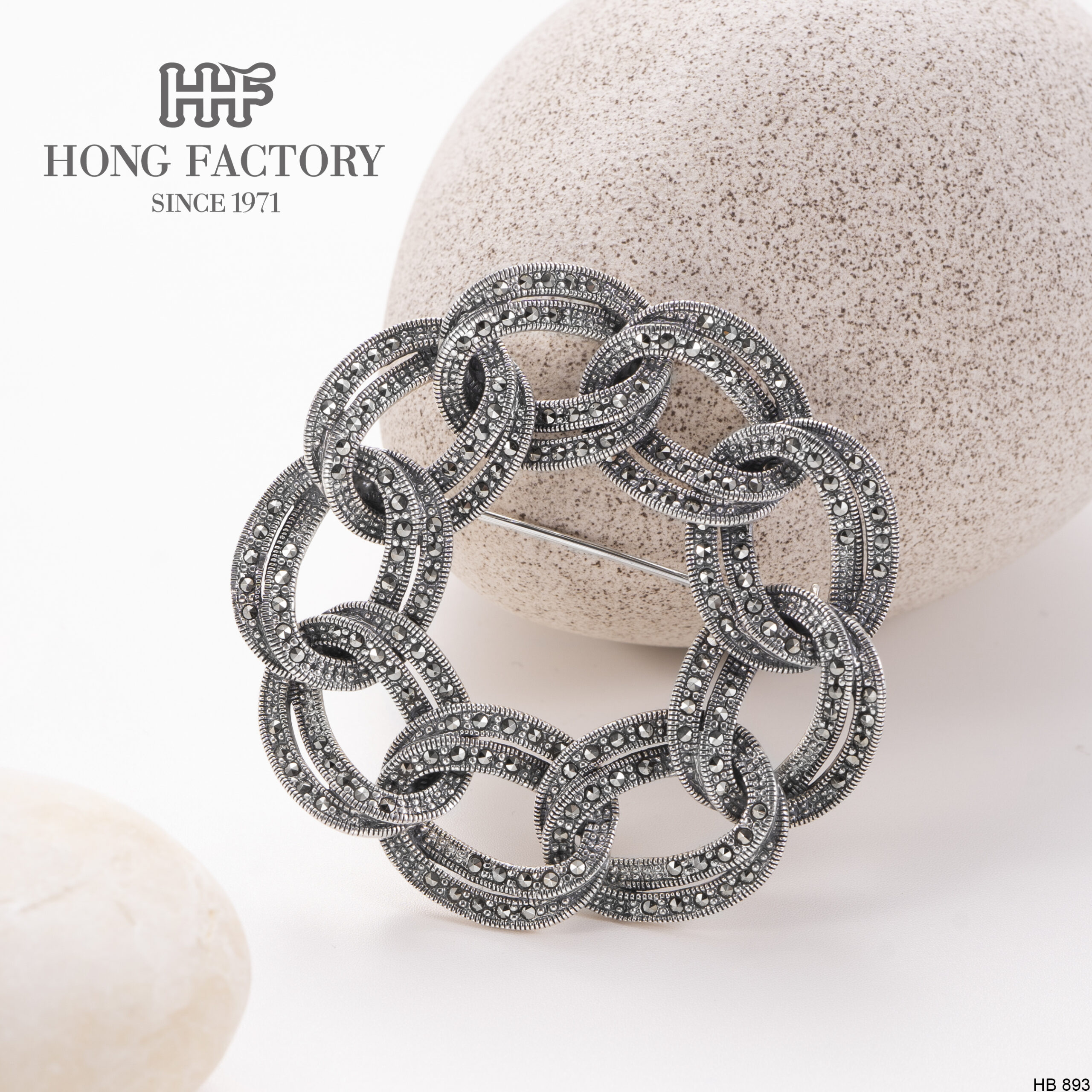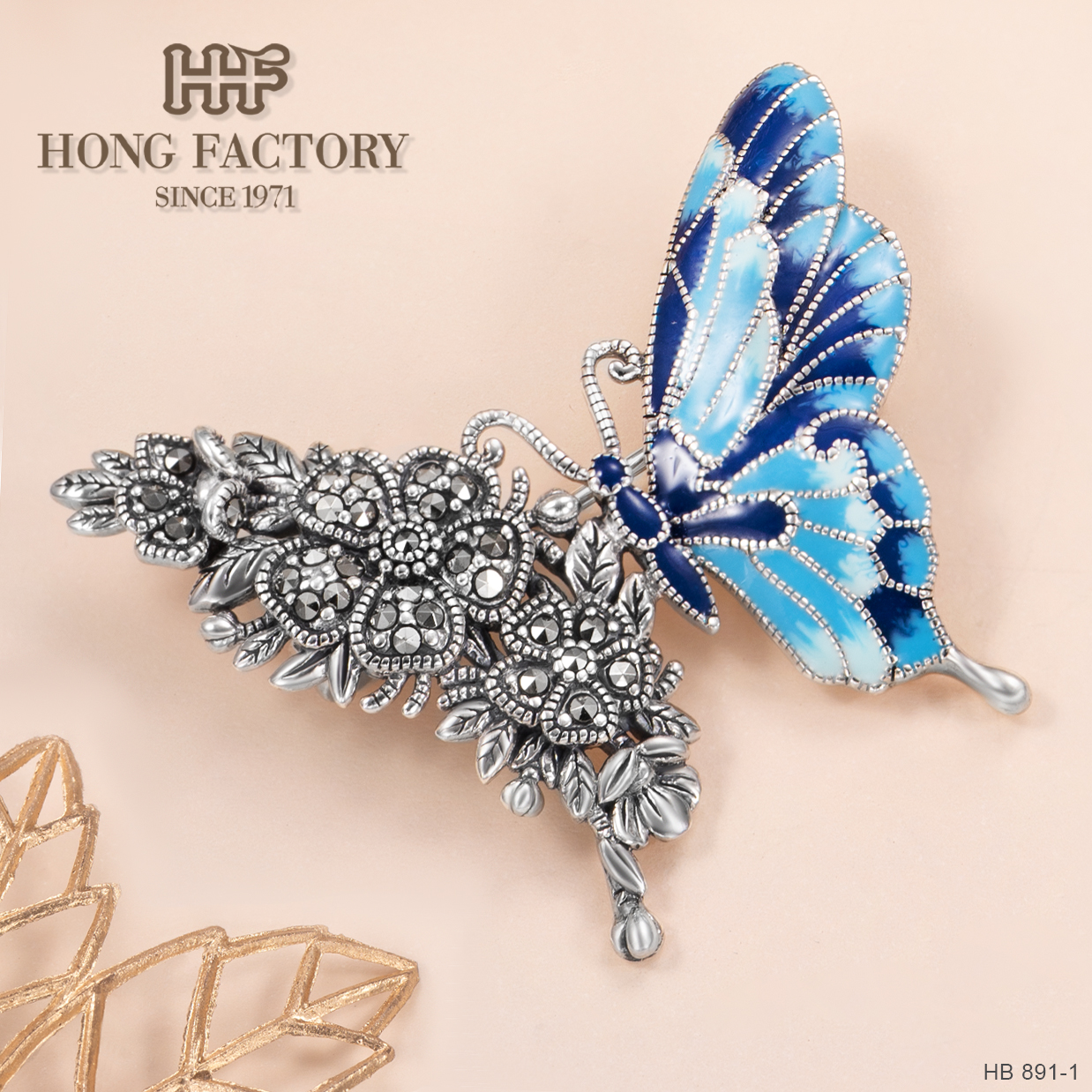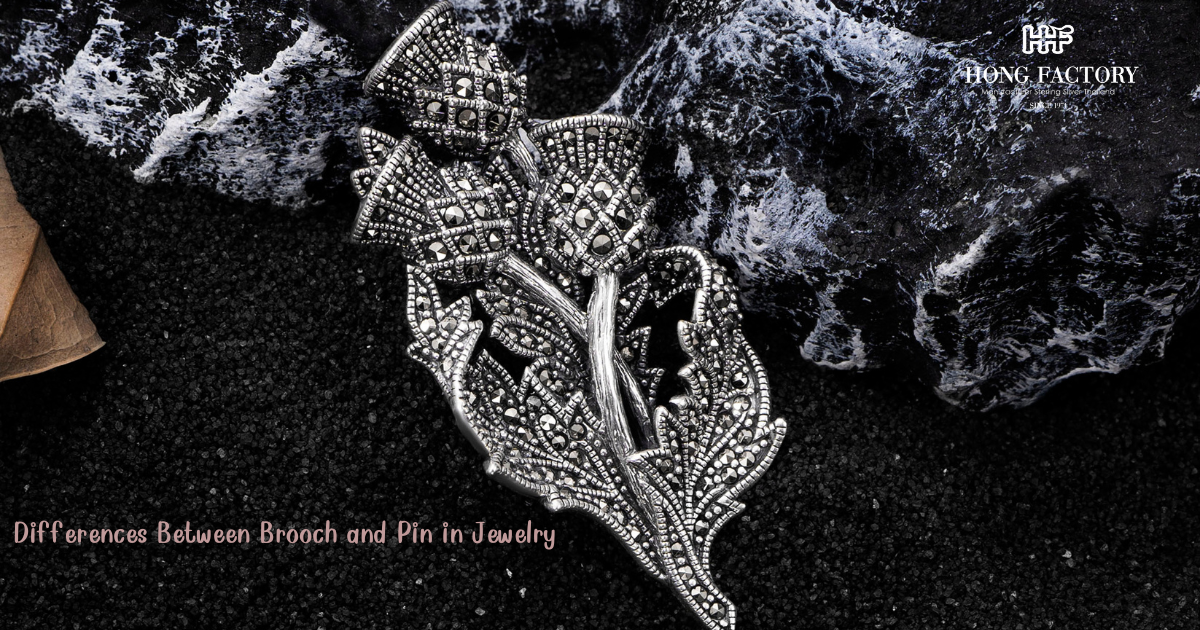Jewelry terminology can sometimes be confusing, especially when two items appear similar but have distinct histories and uses. Such is the case with the brooch and pin, two accessories that have been popular across cultures and centuries.
While many people use the terms interchangeably, there are important differences in their design, function, and symbolism. Understanding these distinctions can help you choose the right piece for your collection or as a thoughtful gift. marcasite jewelry

What Is a Brooch?
A brooch is a decorative jewelry item that attaches to clothing with a pin mechanism. Brooches are usually larger, more ornate, and designed to be focal accessories. Historically, they served both practical and aesthetic purposes,
fastening cloaks or garments while displaying craftsmanship and wealth. Modern brooches often feature intricate designs, gemstones, and metals, making them versatile statement pieces for formal attire.
What Is a Pin?
A pin, on the other hand, is a broader category that includes smaller, simpler fastening devices used in jewelry and fashion. Pins can range from lapel pins, tie pins, and stick pins to commemorative or decorative designs.
While brooches fall under the category of pins, not all pins are brooches. Typically, pins are less elaborate and smaller in size, making them subtle accessories often used for practical or symbolic purposes.
Brooch and Pin: Key Differences
The Brooch and Pin distinction lies in their purpose, design, and usage. A brooch is generally larger, more decorative, and intended as a statement accessory. Pins are usually smaller,
simpler, and more practical. Brooches are often worn on dresses, coats, or scarves to draw attention, while pins are common on suits, hats, or uniforms to symbolize membership, achievements, or personal expression.

Historical Significance
Both brooches and pins have deep historical roots. Brooches were used as early as the Bronze Age, evolving from simple fasteners to elaborate jewelry in the Victorian and Art Deco periods. Pins also carry cultural significance,
from Roman fibulae to modern lapel pins used in politics and organizations. Their historical context highlights how these items transcend fashion, serving as cultural symbols.
Styling a Brooch
A brooch is ideal for formal events or occasions where you want your jewelry to stand out. They pair beautifully with coats, blouses, or dresses and can transform simple outfits into elegant ensembles. Modern styling trends also encourage wearing brooches in creative ways, such as on handbags, hats, or even shoes, making them versatile fashion statements.
Styling a Pin
Pins are typically worn in more subtle ways. A lapel pin on a blazer adds polish and personality to professional attire. Stick pins on ties or scarves enhance elegance without overwhelming the outfit. Commemorative or themed pins are often collected or worn to represent affiliations, hobbies, or causes, making them meaningful personal items.
Collectibility and Value
Both brooches and pins hold collectible value, but for different reasons. Antique brooches, especially those with gemstones or intricate craftsmanship, are highly sought after in the jewelry market. Pins, particularly rare or historically significant ones, also attract collectors. The value of each depends on factors such as age, materials, rarity, and condition.

Choosing Between Brooch and Pin
When deciding between a brooch and pin, consider the wearer’s style and the intended purpose. Brooches are perfect for those who enjoy bold, decorative jewelry, while pins suit those who prefer subtlety or symbolic accessories. Both options make thoughtful gifts, with brooches leaning toward fashion statements and pins offering personal or cultural meaning.
While the terms brooch and pin are often used interchangeably, they represent different styles and functions in jewelry. Brooches are ornate, statement-making pieces, while pins are typically smaller and more practical or symbolic. Both hold rich histories, aesthetic value, and emotional meaning, making them timeless additions to any jewelry collection.
